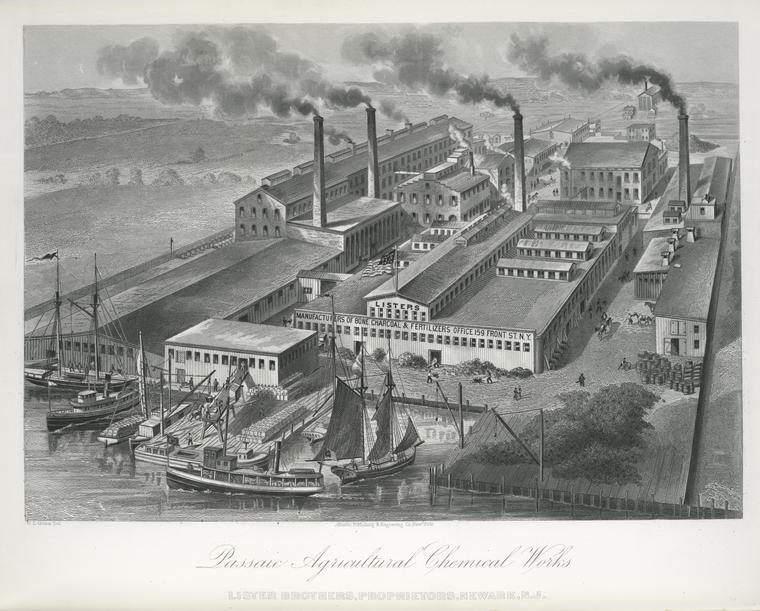|
Penetrant (biochemical)
A biochemical penetrant is a chemical that increases the ability of a poison to apply its toxic effect to a living organism. Typically, the term penetrant when used for a biochemical agent, relates to an agrichemical that is used with a weedkiller or fungicide. The term seems to be used in relation to agrichemicals within English speaking countries rather than North American. When mixed with a weedkiller (normally as an aqua solution) the penetrant chemical causes a plant to absorb the poison in a more effective manner and so succumb more readily. Penetrants are most often used against plants that would otherwise be able to resist the weedkiller. Often such plants have tough leaves or shiny leaves that shed water easily. See Also * Surfactant Surfactants are chemical compounds that decrease the surface tension between two liquids, between a gas and a liquid, or interfacial tension between a liquid and a solid. Surfactants may act as detergents, wetting agents, emuls ... [...More Info...] [...Related Items...] OR: [Wikipedia] [Google] [Baidu] |
Agrichemical
An agrochemical or agrichemical, a contraction of ''agricultural chemical'', is a chemical product used in industrial agriculture. Agrichemical refers to biocides (pesticides including insecticides, herbicides, fungicides and nematicides) and synthetic fertilizers. It may also include hormones and other chemical growth agents. Agrochemicals are counted among speciality chemicals. Categories Biological action In most of the cases, agrochemicals refer to pesticides. *Pesticides **Insecticides **Herbicides **Fungicides **Algaecides **Rodenticides **Molluscicides **Nematicides *Fertilisers *Soil conditioners * Liming and acidifying agents *Plant growth regulators Application method *Fumigants * Penetrant Ecology Many agrochemicals are toxic, and agrichemicals in bulk storage may pose significant environmental and/or health risks, particularly in the event of accidental spills. In many countries, use of agrichemicals is highly regulated. Government-issued permits for purchase an ... [...More Info...] [...Related Items...] OR: [Wikipedia] [Google] [Baidu] |
Weedkiller
Herbicides (, ), also commonly known as weedkillers, are substances used to control undesired plants, also known as weeds.EPA. February 201Pesticides Industry. Sales and Usage 2006 and 2007: Market Estimates. Summary in press releasMain page for EPA reports on pesticide use ihere Selective herbicides control specific weed species, while leaving the desired crop relatively unharmed, while non-selective herbicides (sometimes called total weedkillers in commercial products) can be used to clear waste ground, industrial and construction sites, railways and railway embankments as they kill all plant material with which they come into contact. Apart from selective/non-selective, other important distinctions include ''persistence'' (also known as ''residual action'': how long the product stays in place and remains active), ''means of uptake'' (whether it is absorbed by above-ground foliage only, through the roots, or by other means), and ''mechanism of action'' (how it works). Historic ... [...More Info...] [...Related Items...] OR: [Wikipedia] [Google] [Baidu] |
Fungicide
Fungicides are biocidal chemical compounds or biological organisms used to kill parasitic fungi or their spores. A fungistatic inhibits their growth. Fungi can cause serious damage in agriculture, resulting in critical losses of yield, quality, and profit. Fungicides are used both in agriculture and to fight fungal infections in animals. Chemicals used to control oomycetes, which are not fungi, are also referred to as fungicides, as oomycetes use the same mechanisms as fungi to infect plants. Fungicides can either be contact, translaminar or systemic. Contact fungicides are not taken up into the plant tissue and protect only the plant where the spray is deposited. Translaminar fungicides redistribute the fungicide from the upper, sprayed leaf surface to the lower, unsprayed surface. Systemic fungicides are taken up and redistributed through the xylem vessels. Few fungicides move to all parts of a plant. Some are locally systemic, and some move upwardly. Most fungicides that ... [...More Info...] [...Related Items...] OR: [Wikipedia] [Google] [Baidu] |
Surfactant
Surfactants are chemical compounds that decrease the surface tension between two liquids, between a gas and a liquid, or interfacial tension between a liquid and a solid. Surfactants may act as detergents, wetting agents, emulsifiers, foaming agents, or dispersants. The word "surfactant" is a blend of ''surface-active agent'', coined . Agents that increase surface tension are "surface active" in the literal sense but are not called surfactants as their effect is opposite to the common meaning. A common example of surface tension increase is salting out: by adding an inorganic salt to an aqueous solution of a weakly polar substance, the substance will precipitate. The substance may itself be a surfactant – this is one of the reasons why many surfactants are ineffective in sea water. Composition and structure Surfactants are usually organic compounds that are amphiphilic, meaning each molecule contains both a hydrophilic "water-seeking" group (the ''head''), a ... [...More Info...] [...Related Items...] OR: [Wikipedia] [Google] [Baidu] |


